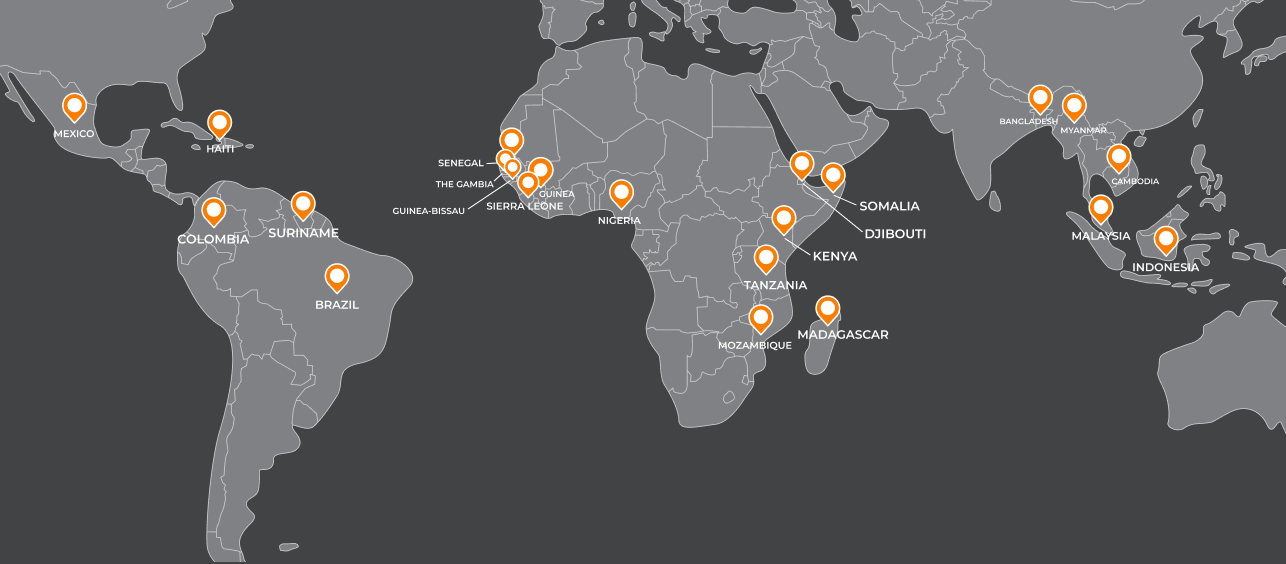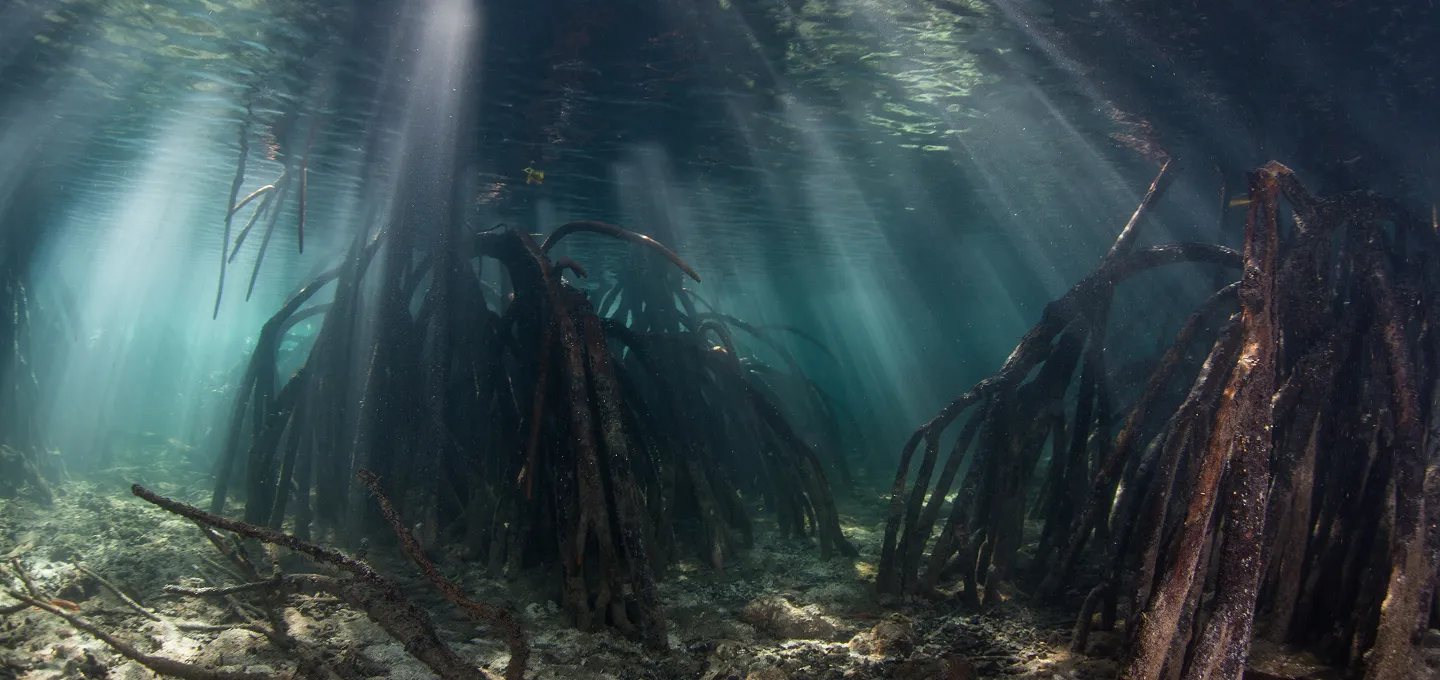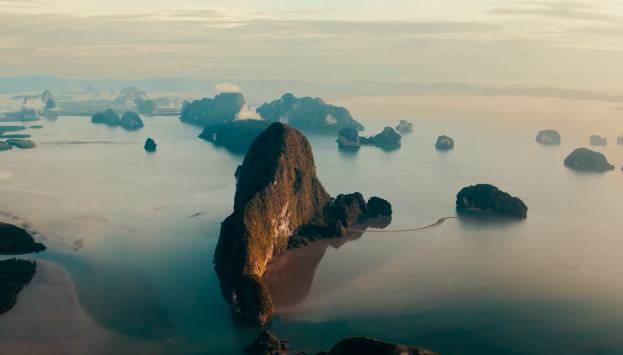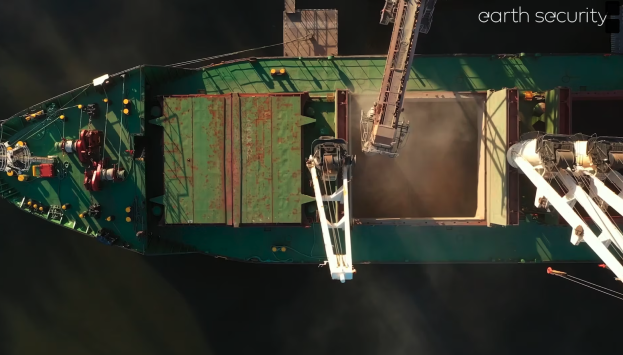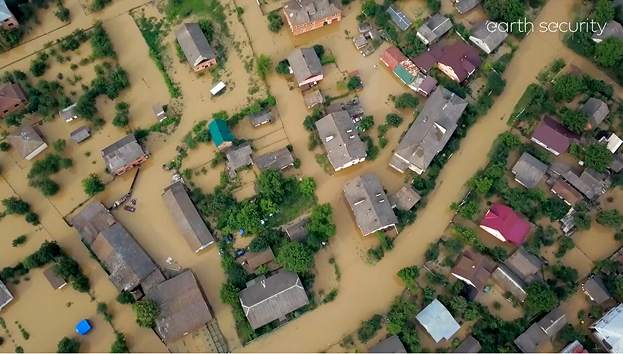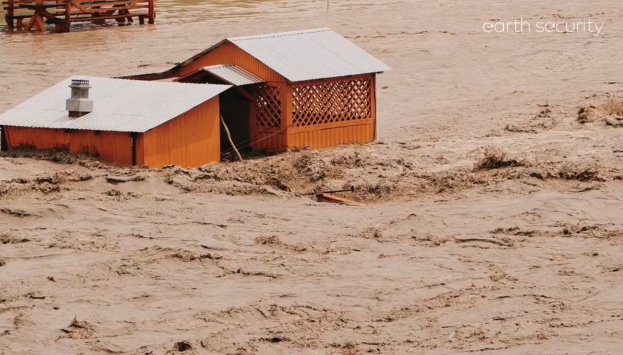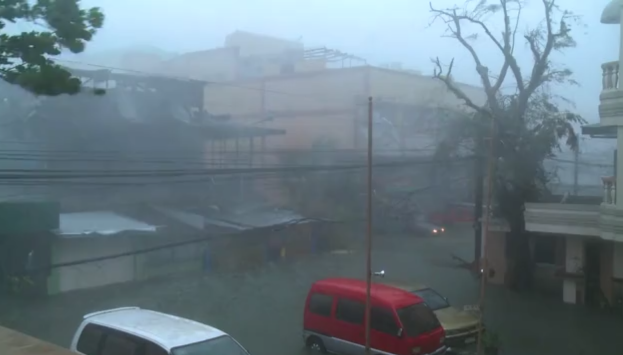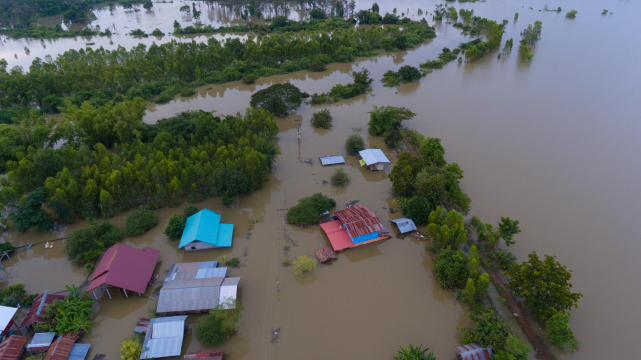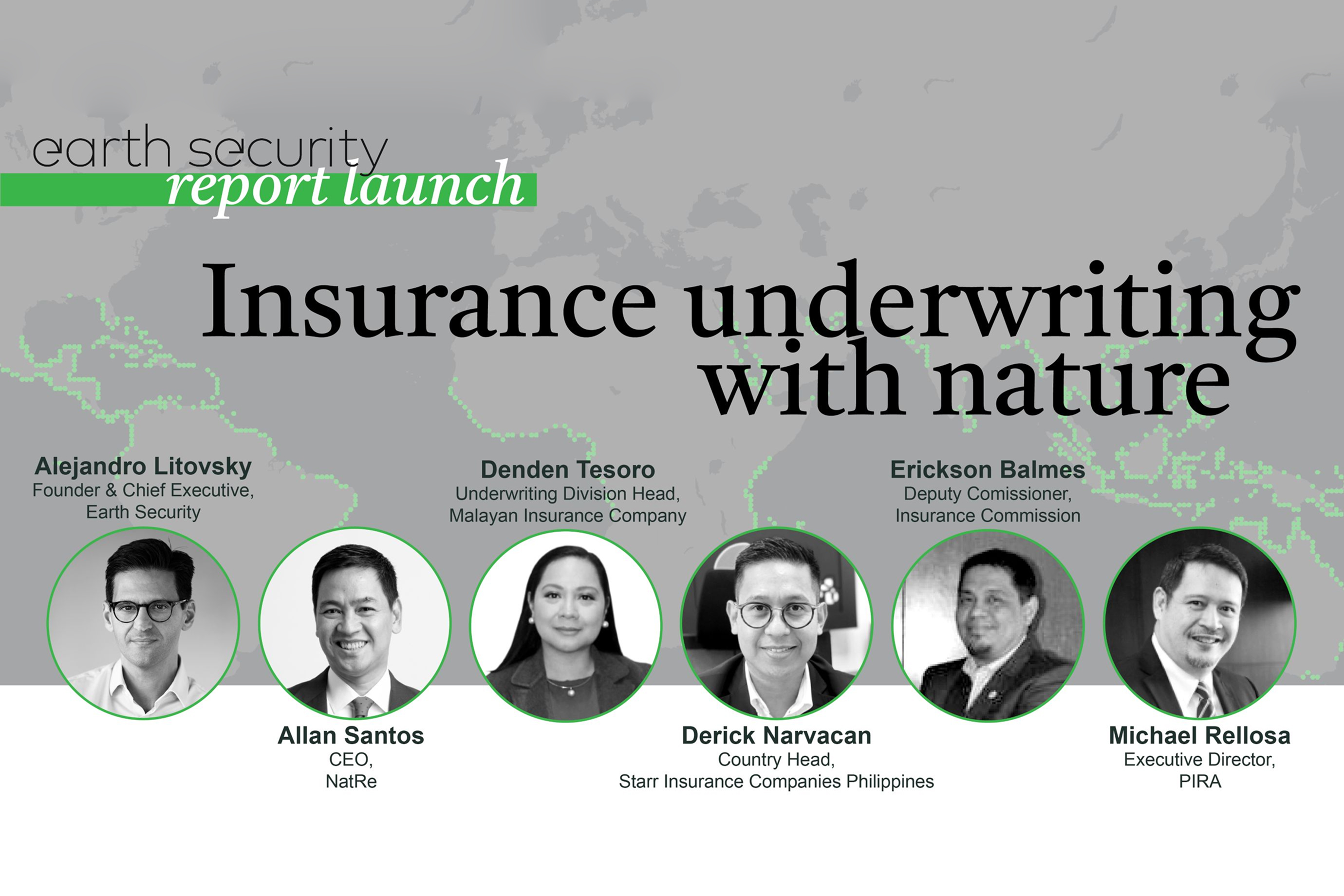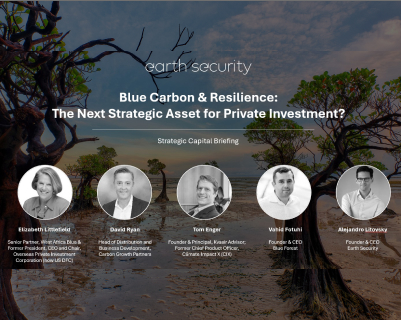This article was first published on OneInitiative.org
The One Initiative, 8th December 2021

Alejandro Litovsky, founder and CEO of Earth Security sees a huge opportunity for investors to invest in natural as an asset class; by investing in protection, restoration, and regeneration economies.
The last year the word 'impact' got exponential attention in investment circles. In the startup and venture capital ecosystem, it is now everywhere. CO2 reduction, circular economy, healthy living and a world prosperous for all are part of all startup communications. Investors gravitate towards a deal-flow of sustainable solutions that can have a positive impact. According to The State of Nordic Impact Startups 2021 by Dealroom and Danske Bank 34% of Nordic venture capital in 2020 was invested in impact startups.
For Alejandro Litovsky, founder and CEO of Earth Security, climate change requires investors to be more specific in how they measure their impact and carbon intensity. Nature, he argues, offers the most effective solutions to address both. For the last 10 years he and his team have partnered with global investors, companies and governments to identify and develop innovative solutions chat can leverage nature's capital for climate resilience and inclusive prosperity .
He believes we are at a critical point, where a triple planetary crisis - the convergence of climate change, biodiversity collapse and environmental pollution, is redefining the investment context for venture capital.
Climate change is already here and as a result industri al organizations and markets are in a process of profound transformation. As an investor. this means factoring new risks due to climate instability, including regulatory risks due to carbon pricing. but it also means perceiving the new opportunities to invest in emerging business models and companies that will provide the solutions to these challenges.”
As to the global extent of this challenge, Litovsky draws a parallel to the Covid-19 pandemic. It wasn’t just one country of region that was affected. We saw the domino effect on a planetary scale. With climate change, two factors that are redefining investment opportunities are, firstly, carbon as a valuable commodity and, second, resilience in how companies and globally integrated production value chains adapt to a world of more extreme weather events.
Litovsky points out that carbon constraints in the market, currently driven by the voluntary commitments of companies and countries to achieve ‘net-zero’ emissions, but increasingly by shadow carbon pricing by corporates and ‘eventually a regulated price for carbon, are turning carbon into a valuable commodity. The demand-side pressures to reduce carbon are already driving an increase in the demand for the trading of carbon offsets. investing with a carbon lens is therefore key to investment portfolios.
“But carbon is not a commodity like copper or soy. You don't grow carbon, harvest it and sell it. You reduce it or you embed it, including sequestering it in organic material.” Nature is by far the cheapest and most cost-effective way of ‘embedding carbon, from land-based forests to ocean eco- systems, and hence it is becoming a valuable asset alongside the push for carbon reductions. Trading ‘embedded carbon’ will therefore require more and more sophisticated and science- and technology-based systems to reliably measure,audit, facilitate and transact it in ways that differ from normal commodities. “From a venture capital perspective” he argues, “this means taking positions in a range of companies, technologies and platforms that will provide solutions to an economy that is based on trading embedded carbon.”
Litovsky already sees a growing interest from investors and companies in speculative carbon and land-related investments, but with a finite amount of land on Earth this means that making such investments must also be done in a socially responsible way and not leave local communities behind. Local people not only need to be involved in the process but must also perceive some of the economic benefits from these markets and become stewards of the nature that holds the carbon in place. Timber plantations in much of the developing world are already seeing the risks of pursuing a ‘carbon rust’ without taking the benefits to locals seriously = forest fires are notoriously simple to spark. This requires investment models that move beyond ‘old’ extractive mind-sets and are based on systemic thinking.
The other side of the coin of climate change is resilience. ‘The importance of adapting to intensifying storms, floods, rising sea levels and droughts has convinced even climate change skeptics. This is where ‘regenerative business models’ come into play. For hundreds of years, our industrial models in particular in land-use sectors such as agriculture have been based on cutting down trees and biodiverse eco-systems in order to make room to intensify single-crop production. The green revolution gave us synthetic fertilizers and multi-billion-dollar industry of inputs including chemical pesticides that have boosted food production and has largely supported exponential population growth.
“We have taken for granted that the rain was there, that the water would be flooding from the mountains, and that soil fertility was a given, As we've depleted, transformed, and are disrupting most ecosystems on Earth, we now learn that these services were a result of bicdiverse natural ecosystems. We must somehow bring these natural systems back and make them part of the way we produce food and other resources.”
Regenerative agriculture models already exist and have proven how powerful and cost-effective it is to work in balance with nature to grow crops, with measures as simple as growing trees within farmland and allowing nature to come back. The challenge now is bringing these models to the mainstream. This is where, in Alejandro’s view, we need a partnership of venture capitalists and entrepreneurs. “A good example that is ripe for disruption is coffee” he says. “Rising temperatures due to climate change in coffee-producing regions of the world will render up to 70% of today's production lands unsuitable for coffee cultivation in the next few decades.” A regenerative business model known as ‘shade-grown coffee’ -essentially cultivating coffee crops below the canopy of rainforests, create a system of lower temperature, more humidity and water, and a natural pest control system provided by a more complex ecosystem. These models often provide an opportunity for local communities to be actively involved in cultivation and stewardship. “investing in regenerative coffee is not only an exciting venture, which requires business acumen in how to scale the value chains for these products” argues Litovsky, “it is also a smart hedge against climate risk if this means you'll be the last plantation standing.”
The same mindset and models can be applied to all other valuable agriculture commodities, he says, and should
inform a rethink of how other venture portfolios, from agritech to city infrastructure, also work in partnership with nature to achieve goals of long-term prosperity.
Explore the reports
The Earth Security Index Reports provided in-depth analysis of critical themes across selected industries and market geographies, enabling investors to anticipate and respond to emerging global dynamics. Download and explore the full Earth Security Index reports:






